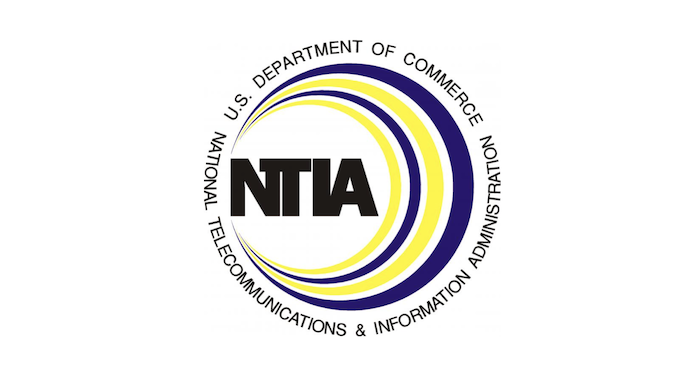Results from the latest NTIA Internet Use Survey point to what the NTIA is calling “significant progress” toward achieving Internet for All, as 13 million more people used the internet in the United States in 2023 compared with two years earlier.
Working to achieve digital equity in the United States has long been at the core of NTIA’s mission. “To reach this goal, we need solid, evidence-backed research to inform policies and programs,” writes NTIA Senior Policy Advisor for Digital Equity Rafi Goldberg in a blog. “That’s why NTIA began working with our colleagues at the Census Bureau on the NTIA Internet Use Survey 30 years ago this summer.”
The latest edition of the survey, fielded in November 2023, provides insights into the progress the agency has made and the challenges that remain. It’s initial analysis shows:
- 83 percent of people ages three and older in the United States used the internet in some fashion in 2023, compared with 80 percent in 2021. That’s the largest increase since 2015-2017.
- These gains came in large part from segments of the population that historically have been more likely to find themselves on the wrong side of the digital divide. For example, 83 percent of American Indians and Alaska Natives used the Internet in 2023, up from 75 percent in 2021.
- Internet adoption also increased among those in lower-income households, from 69 percent in 2021 to 73 percent in 2023 among those in households making less than $25,000 per year.
- 72 percent of people lived in households with both fixed and mobile internet connections in 2023, up from 69 percent in 2021.
- Just 12 percent of people lived in households without any internet connection in 2023, compared with 14 percent in 2021.
The data also shows where challenges and disparities remain:
- Despite gains, persons in lower-income households remained considerably less likely than their higher-income counterparts to have both fixed and mobile connections and were more likely to either have no household connections or be mobile-only.
- 80 percent of people in households making $100,000 or more per year had both fixed and mobile connections.
- Only 54 percent of those in households making less than $25,000 had both.
- Some Americans were substantially less likely to have a desktop, laptop or tablet, than others.
- 72 percent of White non-Hispanics and 71 percent of Asians used a desktop, laptop or label in 2023.
- But only 62 percent of Black Americans, 57 percent of American Indians and Alaska Natives, and 54 percent of Hispanics used a desktop, laptop or tablet. Those same groups are also much more likely to rely entirely on a smartphone for their internet access.
“The disparities we find when looking beyond overall internet use suggest that, while our country is making great strides toward getting everyone online in some fashion, the quality and experience of connectivity still varies greatly,” says Goldberg. “NTIA’s Internet for All programs are designed not only to expand internet access, but to ensure everyone in America can thrive online with affordable service, suitable devices and the digital skills needed for success.”





Reader Interactions